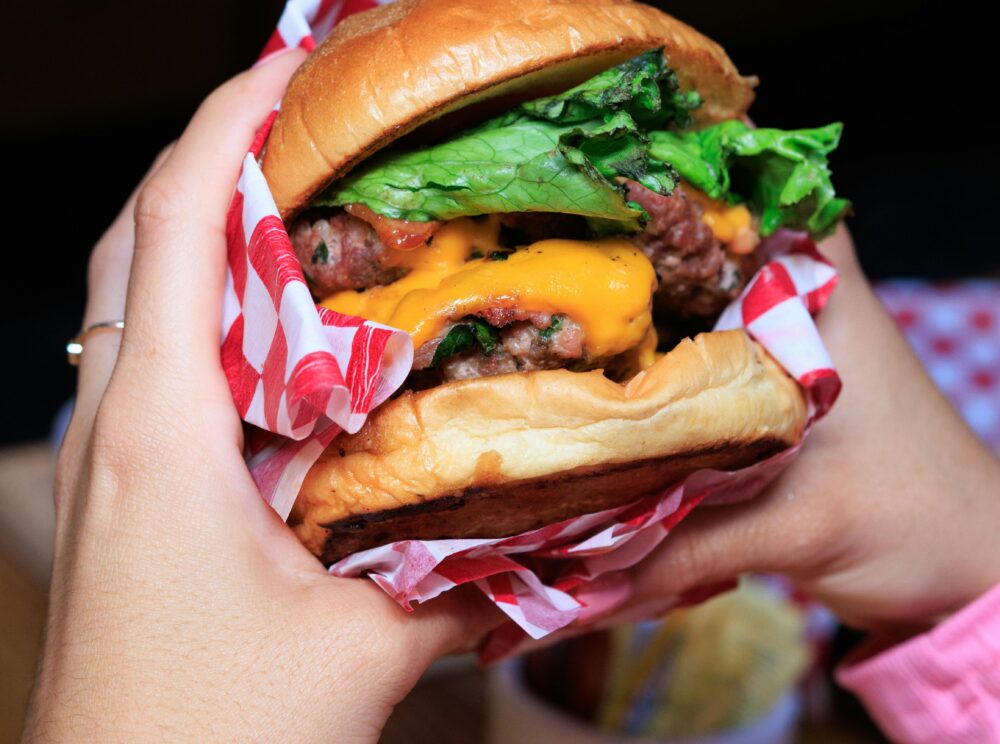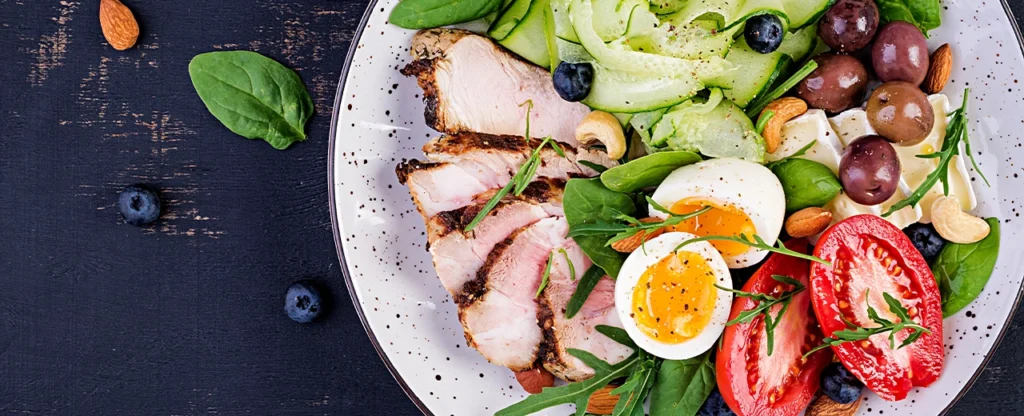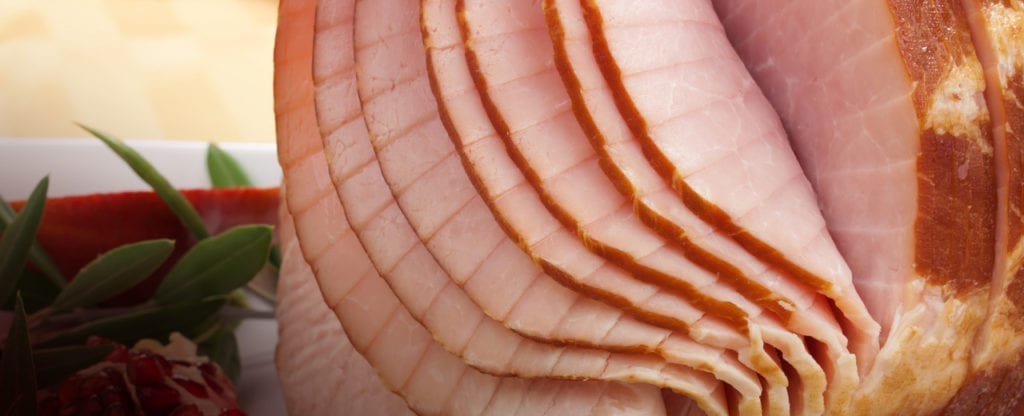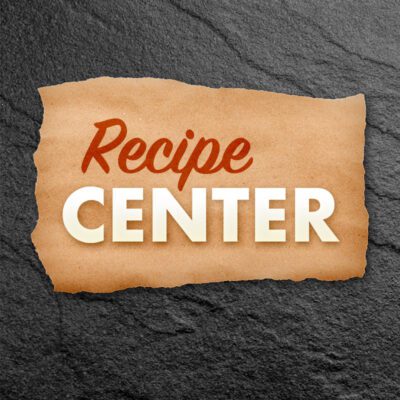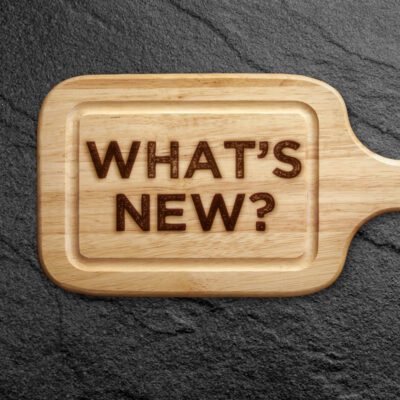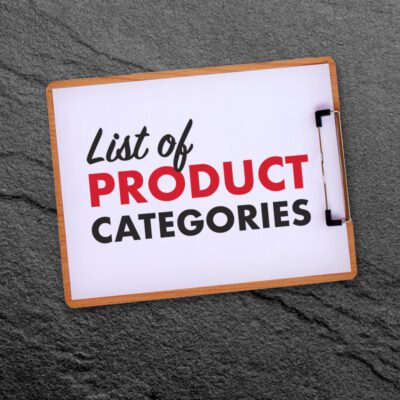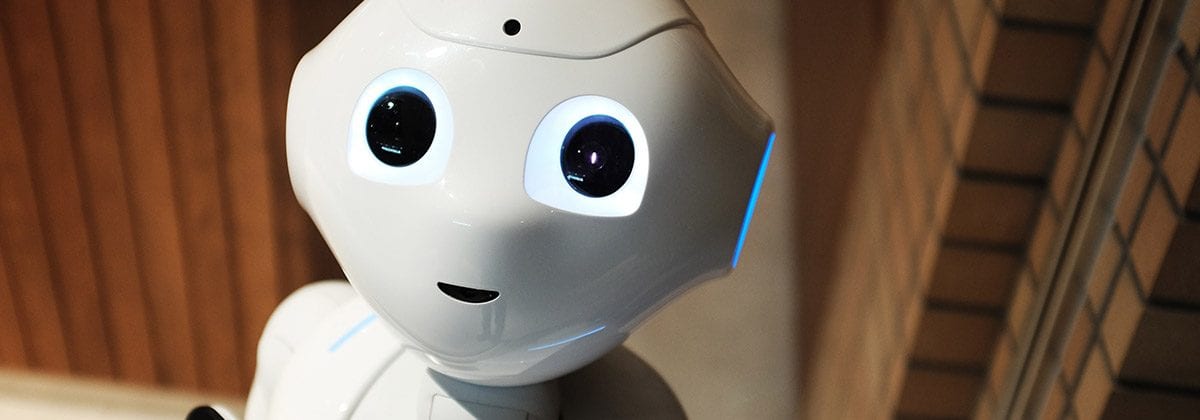
6 Ways Tech Can Improve Food Safety in a COVID-19 World
Our understanding of the coronavirus pandemic has been tumultuous from the initial panic and confusion to the economic turmoil left in its wake…
How does the virus spread? Who is most susceptible? These initial inquiries were met with a reasonable concern that led to quarantines around the globe. With reopenings on the horizon, restaurant food safety has never been on diners’ minds more. Research currently indicates no direct correlation between food and/or food packaging and transmitting CV-19. Likewise, there isn’t clear evidence that it is transmitted through surface-to-surface contact. Still, restaurants taking early steps to reopen are tasked with enhancing their sanitation beyond the already-rigorous standards, and technology can play a critical role in those efforts.
Inventory Management
In terms of the safety and security of your food, restaurant inventory management tech is there to help. With this technology, you can track the freshness of your food, and work to ensure only the freshest ingredients. So far, all of the available evidence supports that the food supply chain remains resilient during the pandemic. With that in mind, tracking tools can help you determine not only the freshness of your food but how long the journey from agriculture to front-of-house. Through restaurant inventory management systems, you can monitor the origins of your ingredients, and avoid food fraud. As you survey the news, if you determine any risk from any particular suppliers, you can use the data from your inventory management protocols to choose a new vendor, possibly something locally sourced, and farm-to-table.
Back of House
The heart of any restaurant is your kitchen, which supplies the rest of your restaurant with what it needs to survive, whether that’s on or off-premise. The back-of-house (BOH) operation is often hectic, with staff hustling to satisfy incoming and outgoing orders alike. The most common BOH technology is a kitchen display system (KDS), which replaces the clutter of paper tickets while increasing efficiency in order accuracy. While the focus of BOH tech is to streamline food preparation, several crucial functions will improve sanitation efforts.
Bin Management
The premise behind a KDS system is to indicate to your BOH staff what orders are needed and how far along those orders are in progress. That means that your staff has to make short and effective decisions to focus on the task at hand, the quick preparation of food. But there is plenty of other work that needs to be done in your kitchen, including preparation and cleaning tasks that can sometimes fall to the wayside. Enter bin management, which is a system designed to remind your staff to drop food items at the right time. You can configure bin management features to remind you to drop fresh ingredients periodically to ensure the best products available, and to minimize any potential vectors for illness, CV-19 related or otherwise.
Data Analytics
Like your bin management, data analytics are a function of many KDS platforms and afford you the opportunity to measure your outcomes. With data analytics, you can determine what items are selling to establish what works and what does. In the context of restaurant food safety, you can also establish peak times of service, which is ever-evolving as we endure the pandemic. Knowing the ebbs and flows of your business, you can determine strategies to effectively clean and sanitize around the general flow of your operations.
Recipe Viewers
Another possibility within your KDS is to utilize recipe viewer technology as a training guide. The pandemic recently caused about two-thirds of all restaurant and hospitality staff to lose their jobs. While many may be recalled after reopenings begin, it’s likely that new staff members will be needed. A recipe viewer can provide a critical guide for both the quality of your food and ensuring that each item is prepared properly to avoid contamination. Some recipe viewer technologies allow operators to include tips and notes for staff. Like bin management protocols, you can program recipe viewers to populate messages that remind staff when and how to clean or sanitize properly. Rules about reopening may vary from place to place, so you can utilize a recipe viewer to submit reminder schedules for sanitation, trash takeout, station wipedowns, and more based on the specific terms of reopening.
Restaurant Management Tech
Restaurant management platforms are typically used to help organize incoming guests from their arrival in the system to settling up their check. An immediate benefit that restaurant management technology provides is in allowing you to stagger the total number of guests, as many places have restricted the overall capacity of restaurants and other communal spaces.
As with a recipe viewer, restaurant management platforms can be programmed to accommodate your front-of-house (FOH) cleaning needs. They can be programmed to remind FOH staff to sanitize or replenish cleaning supplies. You might change your system to notify staff to refill hand sanitizer stations or to wipe down or rotate tables to satisfy current sanitary requirements.
Conclusion
Technology can help you now, and the future is already bright for bigger and better to come. UV lights are already going up in restaurants, while researchers are looking at how to engineer safer and more readily available foods. In the short term, restaurateurs can work with the tools at hand, building on their existing tech stack with minimal effort to increase and enhance restaurant food safety.
Source: Syd Bishop for FSR

